Optimal Timing for Waterproofing Applications
Waterproofing is a critical process to prevent water intrusion and protect structures from water damage. The timing of waterproofing applications can significantly impact their effectiveness and longevity. Properly scheduled waterproofing ensures that surfaces are adequately protected during periods of high moisture or adverse weather conditions.
Spring is ideal for waterproofing projects due to moderate temperatures and increased moisture levels, which help sealants cure properly.
Summer offers warm weather and longer daylight hours, making it suitable for large-scale waterproofing projects, provided rain is minimal.
Fall provides cooler temperatures and less humidity, ideal for completing waterproofing before winter.
Winter is generally less suitable due to freezing temperatures and snow, which can hinder curing and application processes.
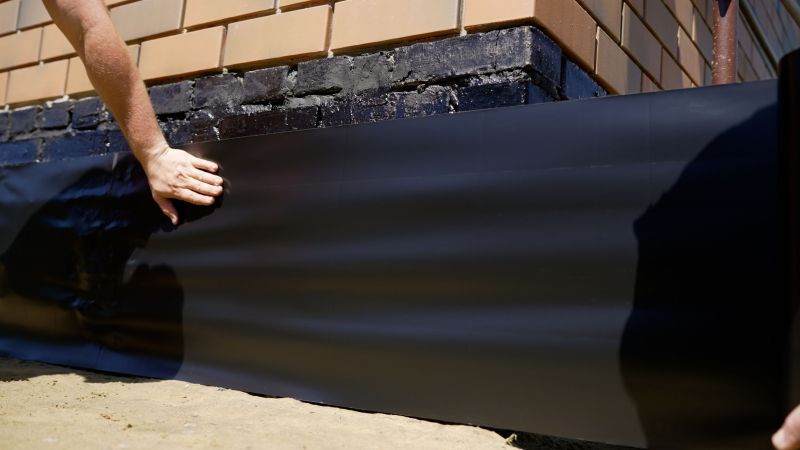
A professional applying waterproofing membrane on a building exterior during spring.
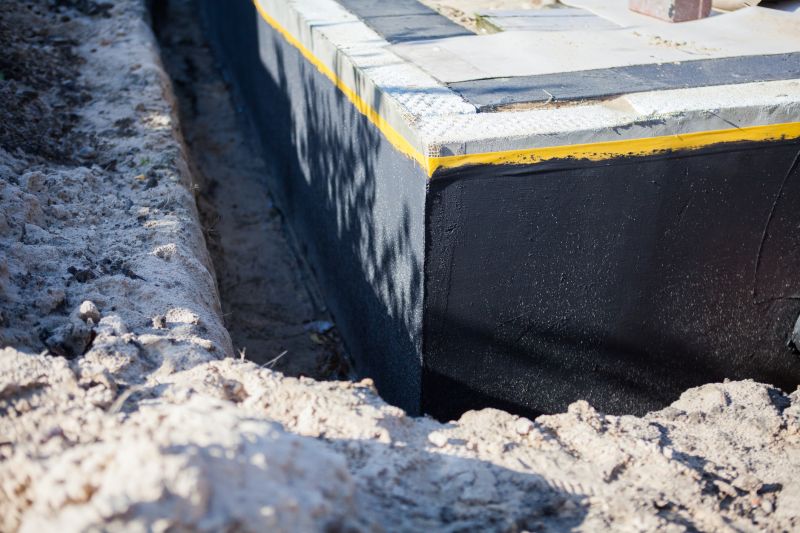
Workers sealing a foundation in warm weather conditions.
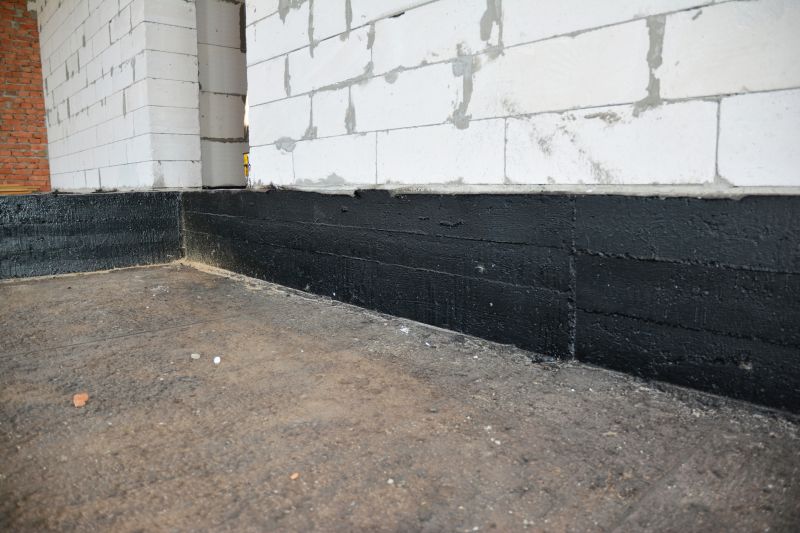
Sealing basement walls before winter sets in.
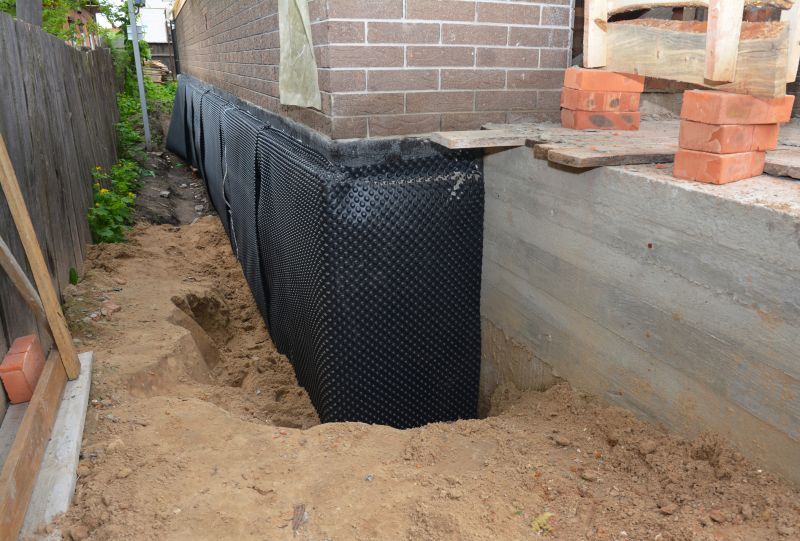
Limited waterproofing activities during cold, snowy conditions.
Waterproofings involve applying specialized membranes, coatings, or sealants to surfaces vulnerable to water penetration. These measures are essential in protecting foundations, roofs, basements, and other structural elements. Proper waterproofing can extend the lifespan of a building, prevent costly repairs, and maintain structural integrity.
Statistics indicate that waterproofing can reduce water-related damages by up to 80 percent. Effective waterproofing also helps in controlling indoor humidity levels and preventing mold growth. The choice of waterproofing method depends on the surface, climate, and specific water exposure risks.
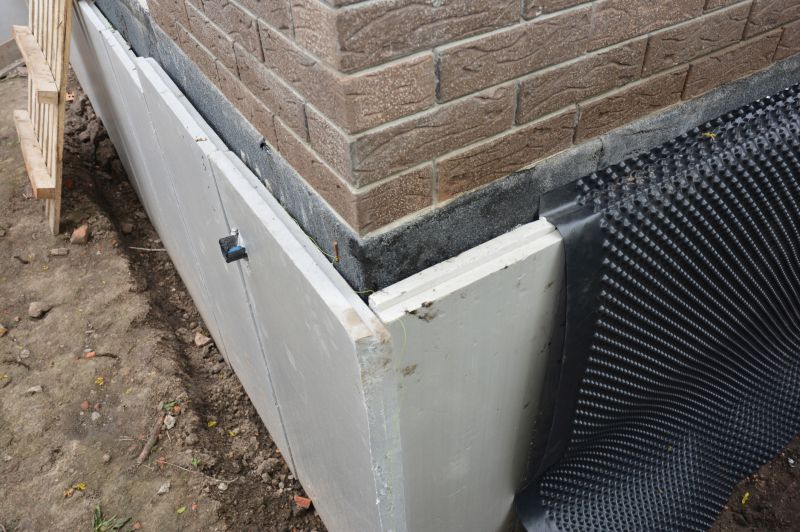
A membrane is being applied to a building foundation for water protection.
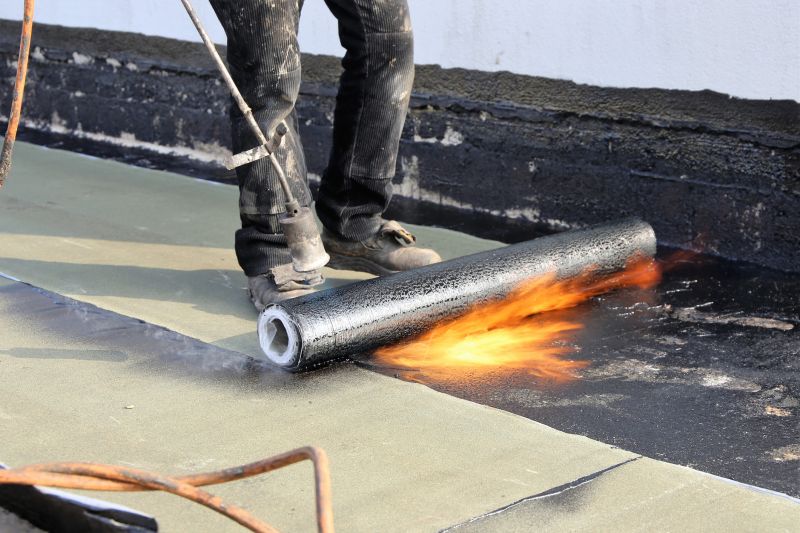
A technician sealing roof joints to prevent leaks.
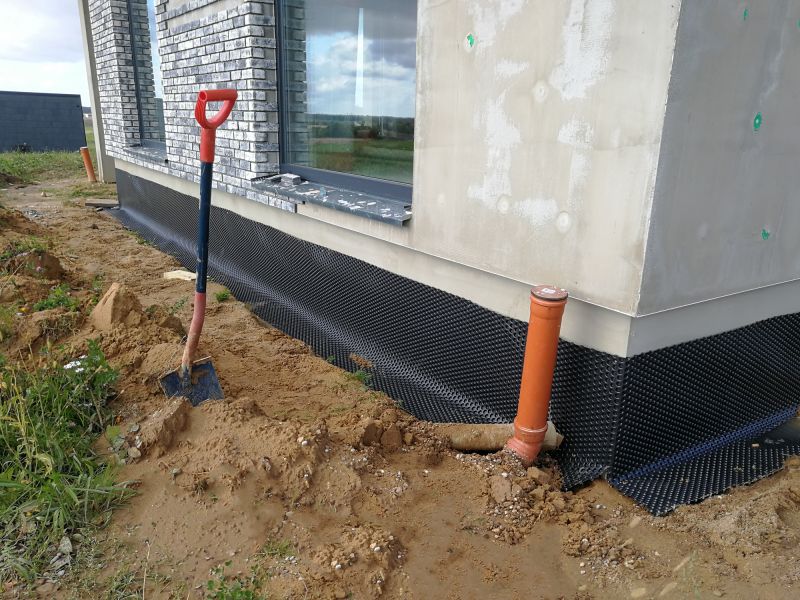
Installation of drainage and waterproofing materials in a basement.
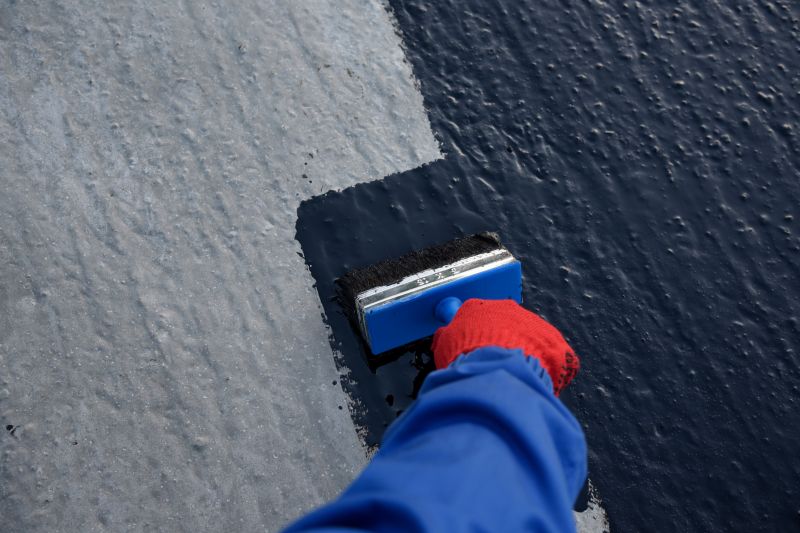
Applying protective coatings to exterior walls for water resistance.
| Season | Recommended Activities |
|---|---|
| Spring | Apply sealants and membranes as temperatures rise. |
| Summer | Conduct large waterproofing projects during dry periods. |
| Fall | Prepare surfaces for winter with protective coatings. |
| Winter | Limited waterproofing activities; focus on inspection and repairs. |
Choosing the optimal time for waterproofing depends on local climate conditions and project scope. Proper scheduling ensures effective application, curing, and long-term performance. Consulting with waterproofing specialists can help determine the best timing tailored to specific needs.
Interested in waterproofing services? Filling out the contact form provides an opportunity to discuss project requirements and schedule the most suitable time for application.

